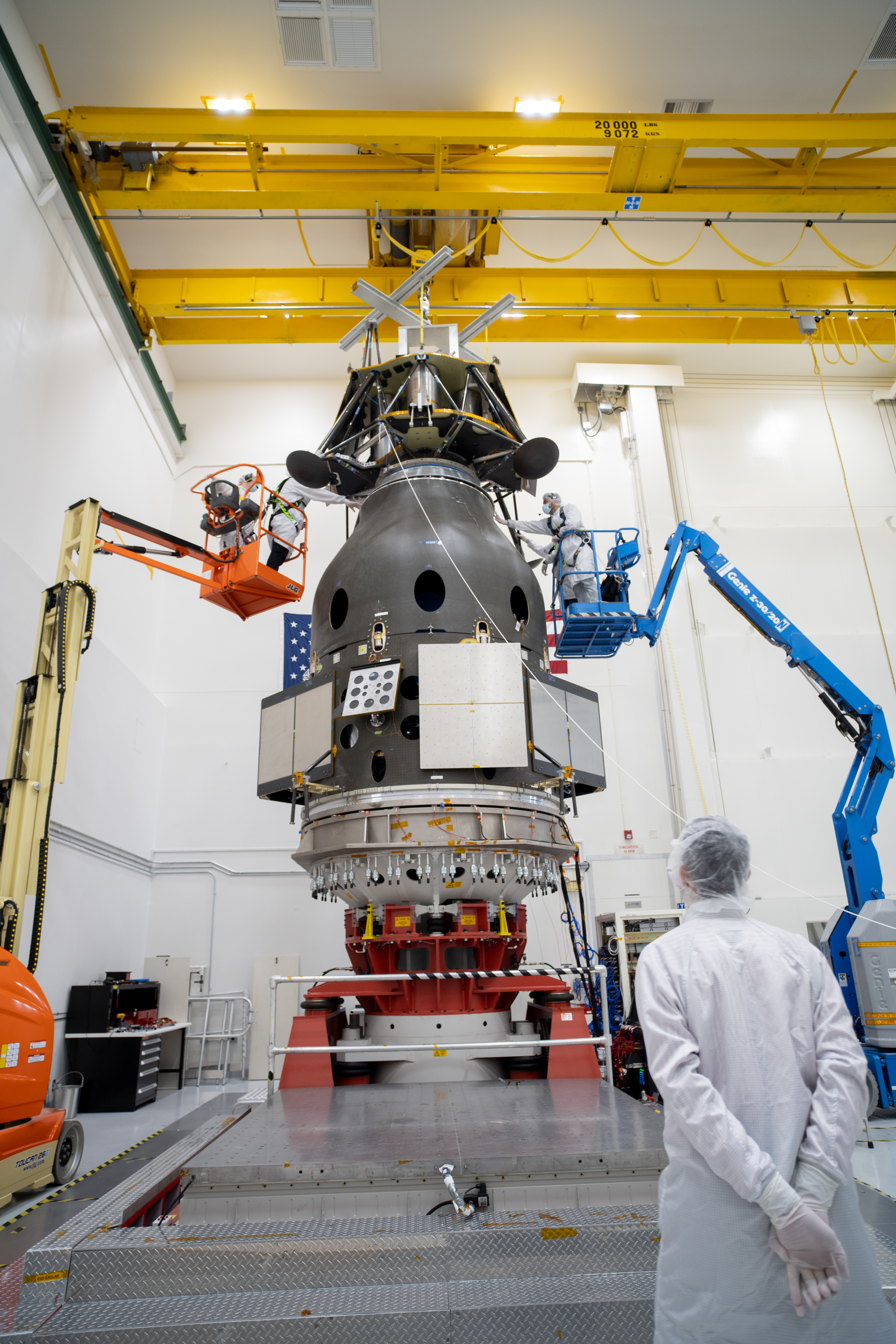http://www.jpl.nasa.gov/conversation/stone/
Dr. Stone, JPL's director since 1991, is stepping down on May 1. During his tenure, the Laboratory has overseen 15 missions for NASA.
Stone's exploration days began in 1961 with his first cosmic-ray experiments on Discoverer satellites. He has been a principal investigator on nine NASA spacecraft missions and a co-investigator on five other NASA missions. One of his most famous contributions to space exploration is his continuing role as project scientist for the Voyager mission, whose twin spacecraft studied Jupiter, Saturn, Uranus and Neptune between 1979 and 1989. The Voyagers are still traveling in space and are expected to continue returning scientific information as they reach the outer bounds of our solar system in the next few years.
Stone will return fulltime to Caltech as a professor and scientist, and a researcher still reaping the riches of Voyager data.
Q. For either Voyager or other JPL missions, what has surprised you the most in terms of scientific discoveries?
A. If I had to pick one surprise that stands out on Voyager, it would be the volcanoes on Io [one of Jupiter's moons]. Finding a moon that's 100 times more active volcanically than the entire Earth, it's really quite striking. And this was typical of what Voyager was going to do on the rest of its journey through the outer solar system. This was really beyond imagination.
But look at the surprises [the] Galileo [spacecraft] has given us at Jupiter, such as finding a magnetic field on Ganymede [a Jovian moon] and showing us up close that there's likely an ocean beneath the icy crust of Europa [another Jovian moon]. And Mars Global Surveyor has really rediscovered Mars for us, with the discovery of gullies on canyon walls, which was not expected at all since it was believed water was frozen kilometers beneath its crust.
I also expect there will be a lot to learn from the first digital topographic map of Earth that will be produced from the Shuttle Radar Topography Mission.
Q. What stands out for you when you think about the past decade?
A. It's hard to imagine a more exciting decade than we've had. We have had many successes, and the level and the pace of innovation at the Laboratory has dramatically increased.
The one thing I'm most pleased about is the fact that the Laboratory continues to be the leading innovator in space in this new era of going more often, landing and eventually bringing samples back to Earth. For example, we have samples coming back from a comet in 2006 from the Stardust mission; this summer, we'll launch Genesis, which will bring back a sample of the Sun.
Q. What were the lessons learned from the Mars '98 losses?
A. We were changing to a new era of missions, and we found the limit. We tried to do two missions for the price of Mars Pathfinder, and it was just too hard. We've learned a lot from this and have put in place new processes and a better safety net so that today's project teams won't face the same limitations as we had with Mars '98. We will continue doing missions more often in this new era, but do them in a robust way.
Q. How do you see JPL beyond the next 10 years into the future?
A. Well, the next era might be going and staying, building a permanent robotic base of operations elsewhere in the solar system, which through modern communications is as accessible as any place here on Earth. So what's out there becomes, effectively, back here. JPL could be a key factor in realizing such an era, which, I think, is a bridge to eventual human exploration of the bodies in the solar system.































